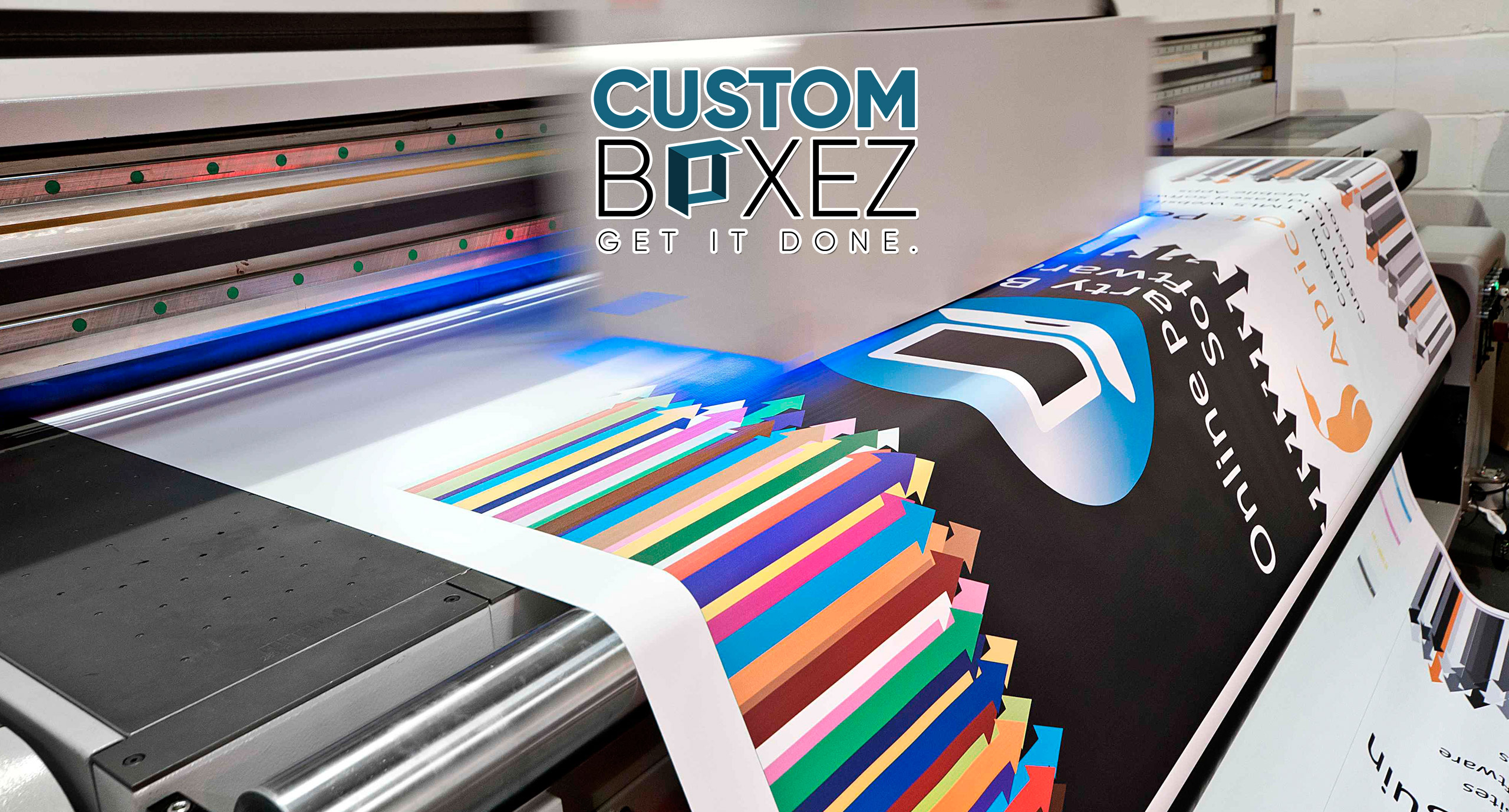If you are new to the world of printing, the jargon used by people belonging to the industry may very well have your head spinning. Well, fret no more. In this article, we will dive deep into one of the most popular types of methods used all over the world, i.e. offset printing.
What is offset printing?
In contrast to digital printing, by some, offset is said to be the traditional form of publication. Also known as lithography, the process is called offset because the printing ink is not directly transferred onto the paper. If the ink is not directly put on the article, then where does it go? Let us look at how this process works below.
The working of an offset press:
Offset printing works in a systematic and step by step process. From the initial printer, the image first is burned onto metal plates. These metal plates are usually made out of aluminum. The plates then transfer the image to rubber blankets, shaped cylindrically and in roles and then finally the image is transferred on paper.
The ink colors used:
For offset printing, the colors majorly used are cyan, magenta, yellow and black aka key (CMYK). As this printing method brings true to life colors on paper, custom colors, Pantone more usually, are used quite successfully and often as well. For offset there is only one color used per plate, and depending on the number of colors in an image, the number of cylinders is determined.
Is offset printing for you?
There are two types of printing, most commonly being done in the market, i.e. offset and digital. Both have their specialties and drawbacks. Let us take a look at some of the many benefits that offset printing offers that its competition does not.
Value for money:
In contrast to digital printing, setting up an offset printing machine may require some time. Custom metal plates are made for each job to ensure perfection at every step. While the initial few steps may be time-consuming and may require some down payment, the results are quite rewarding.
This printing method is the preferred choice for people and businesses who require printing in bulk, i.e. 1000 pieces or more. Anything less than 1000 may not be the best option as the set-up cost for this method is significantly more than digital printing.
That being said, once you have an offset machine setup, the work runs smoothly hereafter and that too efficiently. For jobs that are high in number, for example, flyers or packaging, offset printing helps you save much more money.
Accuracy guaranteed:
One of the significant reasons that printers and consumers both tend to lean towards offset printing is its accuracy. The colors are very true to life (that are finalized pre-production), sharp, professional and the general look of the finished product is very clean.
The same, however, cannot be said for the digital method. While it may get the job done quick and economically, there is a stark difference between the quality of printing that both ways produce; with offset being better of course.
Moreover, as digital printing has a chance of getting a smidge of stray paint, streaks or even spots on the paper, offset printing proposes no such threat or inconvenience.
Forewarning:
However, if there is a problem in the metal plates when working with offset machinery, it is better to catch it in the initial stages as the entire process needs to be done again from scratch.
Convenience:
Another benefit that this method proposes is its ability to print correctly on most materials. Whether it is a super light paper stock that you are working with or thick and heavy and even textured, offset machinery is quite able to execute the entire printing process seamlessly. The same, however, cannot be said for digital printing as it only works on a few specific materials.
Final word:
Essentially, it all boils down to the printing needs that can help you gauge what method is best suited for your requirement. If you wish to print invitation cards that are about 500 in quantity, it would be best if you have them printed with a digital printing machine. While the finished product may not be as excellent as one produced via offset printing, going the digital way will not only save you time but will be cost-efficient as well.
However, if you are one for perfection and put accuracy and precision above all else, there is little that digital printing will do for you. Offset printing certainly elevates the look of the print and if your printing job is a huge one, going with an offset press will undoubtedly help you save a lot of money too.
Subscribe to our free newsletter
Praesent nec ex eget nulla porttitor cursus. Orci varius natoque penatibus et magnis dis parturient montes, nascetur ridiculus mus. Nunc ac imperdiet lectus. Etiam vestibulum nunc orci, ut ultrices tortor placerat at.
* Add notice about your Privacy Policy here.



 1846 E. Innovation Park Dr. STE 100
Oro Valley, AZ 85755
1846 E. Innovation Park Dr. STE 100
Oro Valley, AZ 85755 +1 (209) 444-0744
+1 (209) 444-0744 info@customboxez.com
info@customboxez.com
